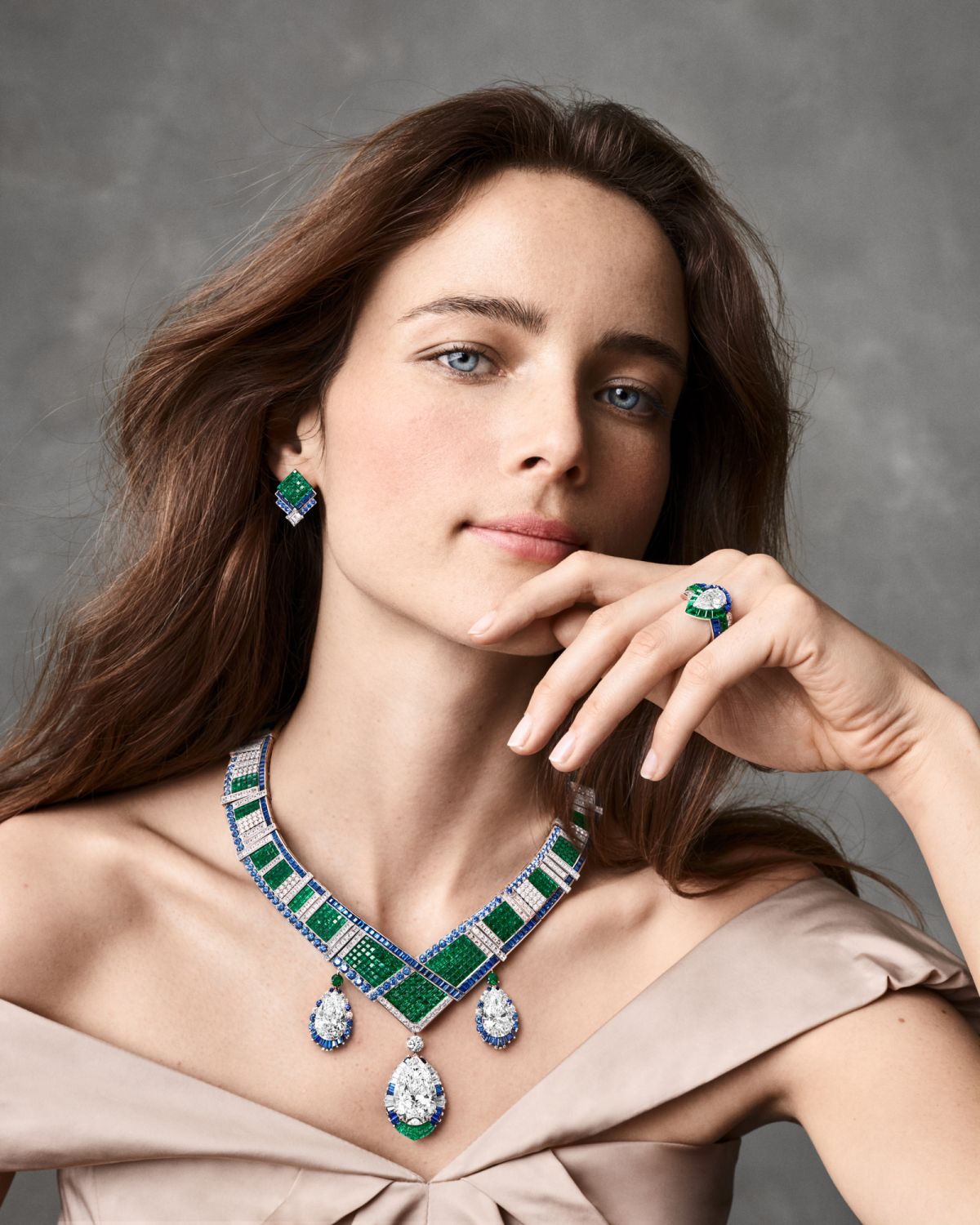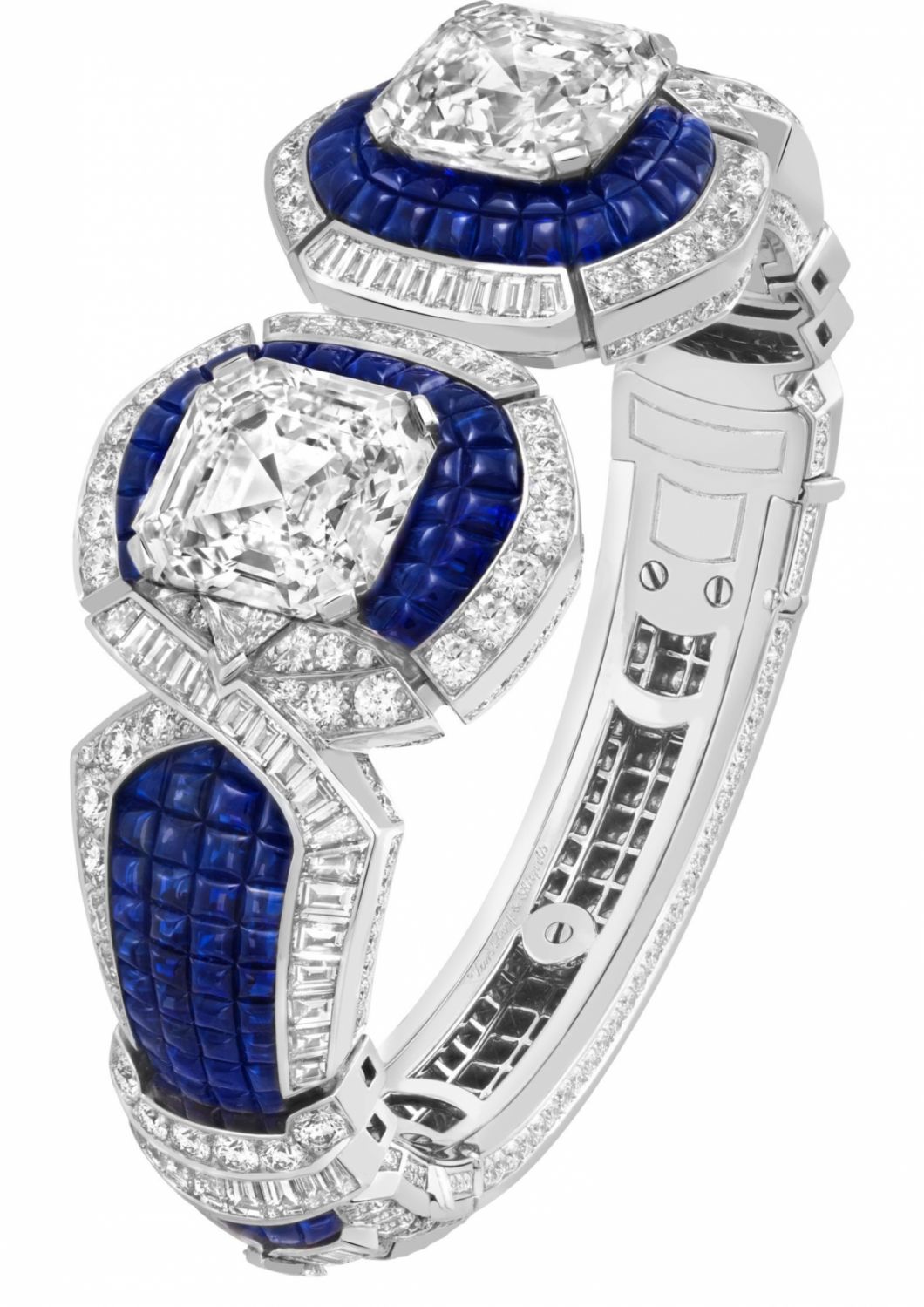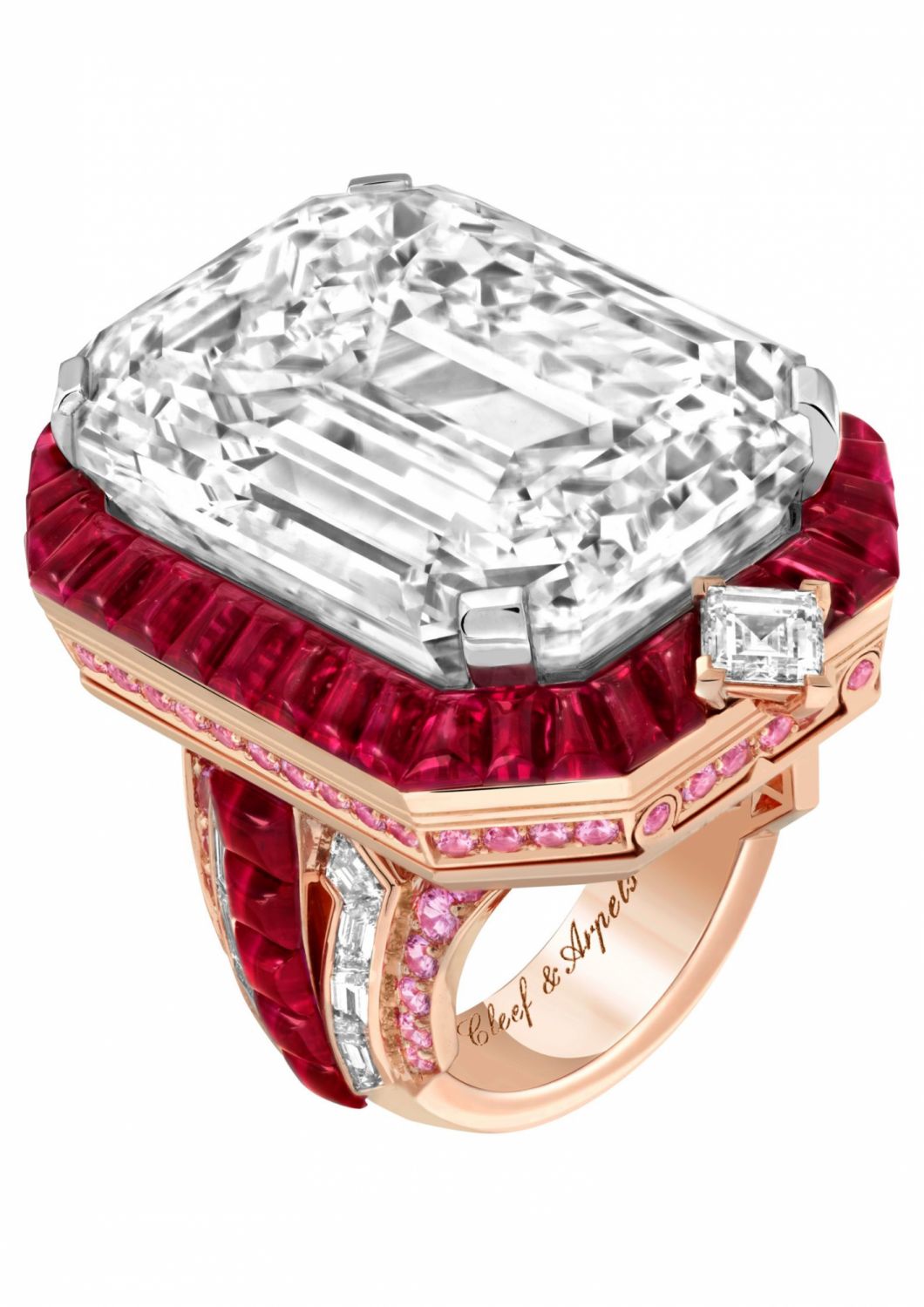In an exclusive interview, the journalist and historian reveals which pieces from the past captivate him the most, and the changing role of precious adornment in our lives
French journalist and historian Vincent Meylan specialises in writing about jewels and has written books on many prestigious jewellery houses, including two titles about Van Cleef & Arpels’ new Legends of Diamonds high jewellery collection: 25 Mystery Set Jewels and White Diamond Variations, both released this year.
See also: Why Is the Kohinoor Diamond, Inherited by Queen Consort Camilla, So Controversial?


You’ve come across so many stories and anecdotes throughout your career, from Queen Marie Amélie’s missing emeralds to the theft of the Duchess of Windsor’s Jewels. Which is your favourite and why?
The ones I like best are the ones still clouded in mystery. For example, the Prince Edward of York diamond has not been seen for 100 years, since Van Cleef & Arpels exhibited it in New York. I would love to see that stone. But I think my biggest question ever is: where is Grand Duchess Vladimir of Russia’s enormous emerald? US billionaire Barbara Hutton owned a spectacular emerald and diamond necklace. The stones used to belong to the Grand Duchess, the aunt of the last emperor of Russia. Barbara Hutton sold that necklace to Van Cleef & Arpels at the end of the 1960s. The central stone was enormous—more than 100 carats—but it had a strange shape. We found that it had been recut to a smaller cushion-cut stone, mounted on a pendant and sold to a private collector. I have no idea where it is now.
As a historian, what can you tell us about jewellery over the ages? How has the concept of jewellery evolved? Has the way people wear it changed?
This is a very big question; I would need a book to answer it. But if I stick to France, which I know best, I would say that I am always puzzled by the way jewellery used to be worn by men and women a few centuries ago. Until recently, only women would wear jewellery in France. This has changed during the last ten years. Now men are starting to wear jewellery again. Many French customs, laws and habits changed since [the time of] Emperor Napoléon at the beginning of the 19th century. He was a warrior and didn’t wear jewellery. Consequently, jewellery fell out of fashion for most men.




